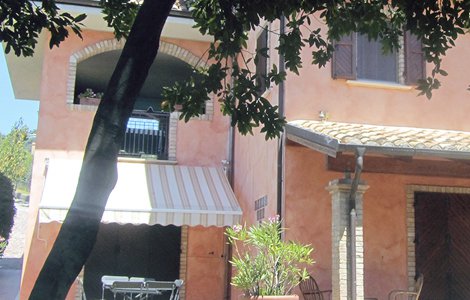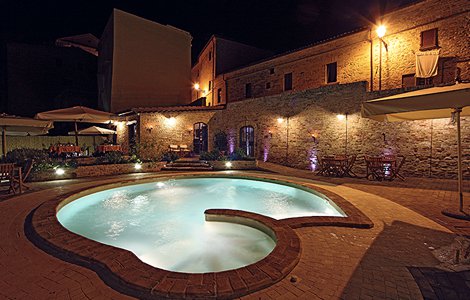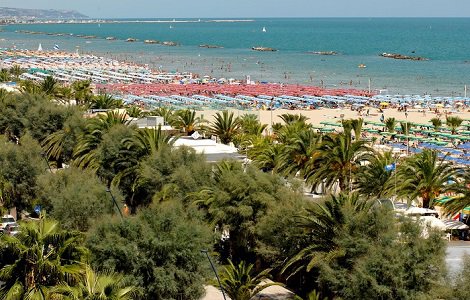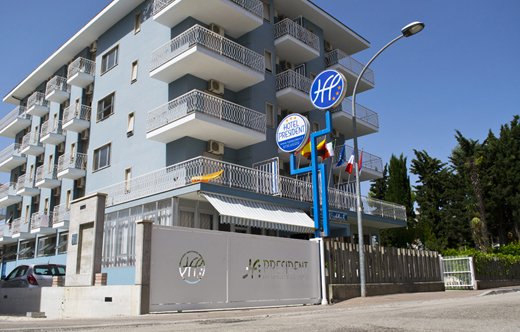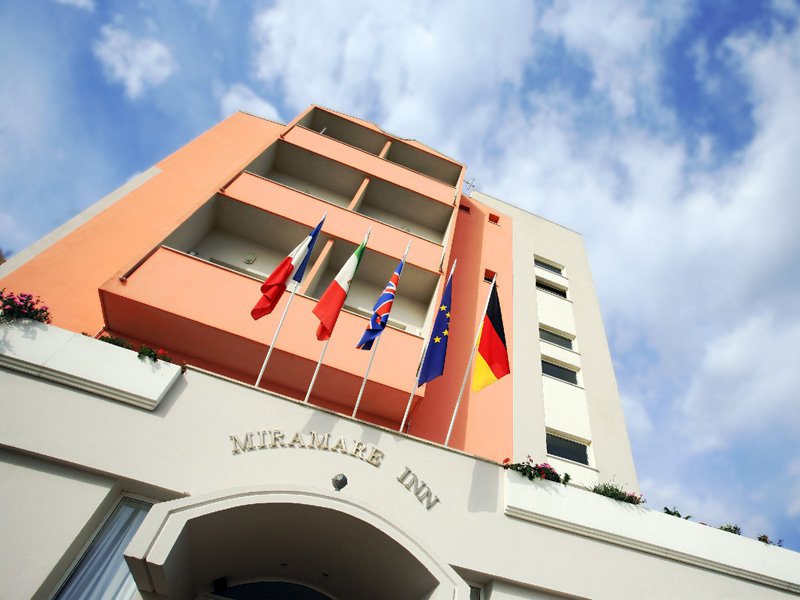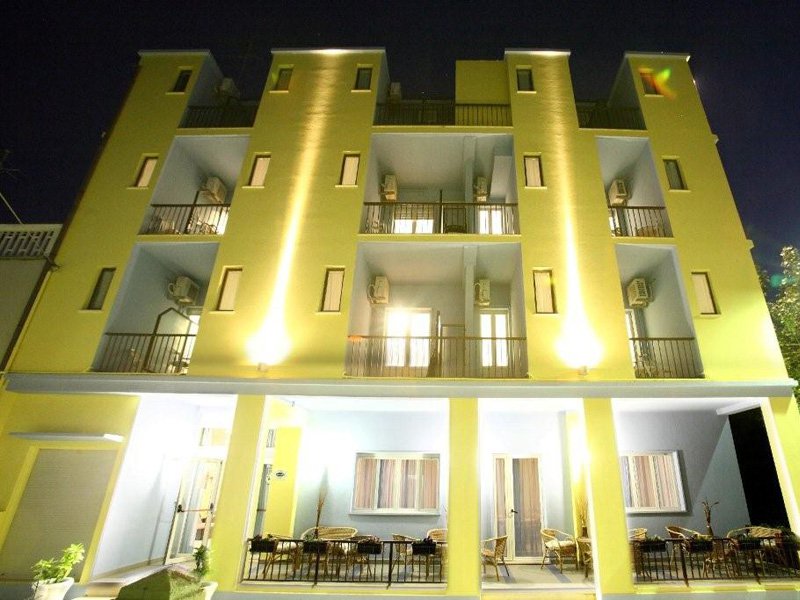Find out Monteprandone
Info
Bordered by pine trees, Monteprandone stands on a hill, about 5 km from the sea, from which it is possible to admire the Tronto valley framed between the coast and the mountains. All around it is surrounded by cultivated land and hills full of vineyards, from which fine D.O.C. wines are born. such as the Rosso Piceno Superiore and the Bianco Falerio dei Colli Ascolani. Over the centuries the city has not undergone major transformations. In part thanks to the inhabitants themselves who have preserved as much as possible the medieval aspect of the town, in part because the demographic and industrial development has concentrated entirely in the plains close to the river Tronto, in the hamlet of Centobuchi. Here resides the majority of the population of the municipality. There are many types of activities present in the vast industrial area and activities related to services, which are found surrounded by vast agricultural lands intensely cultivated with vines, olive trees, cereals and vegetables. Among the industrial activities we mention that of bathroom furniture and woodworking, aeronautics (helicopters) and knitwear.
To be seen
Historic center of Monteprandone
In the municipality there are still several stretches of castle walls: the fifteenth-century Porta del Borgo a Monte (16th century) with flanking tower and some sixteenth-century towers and palaces, including Palazzo Campanelli and the Palazzo Comunale.
Convent of Santa Maria delle Grazie
The Franciscan convent is located outside the town walls, on the road that leads to Centobuchi. Built in the fourteenth century, it has undergone various transformations over the centuries and only a few traces of the original appearance remain. Inside are preserved various works and some objects that belonged to St. James, including the cloak, the traveling stick, the tunic, a 15th-century chalice, a small chest for relics and an ivory triptych from the 15th-century Bottega degli Embriachi. . Inside there are other works including a Madonna with Child in polychrome terracotta attributed to Durante Nobili of Caldarola (15th century), a Coronation of the Virgin by Vincenzo Pagani from 1525, two panels depicting Our Lady of Sorrows and St. John; the latter are placed in the apse on either side of a carved and painted 16th century Crucifix. attributed to Cola d'Amatrice.
Civic Museum
54 codes from the Library of San Giacomo della Marca are conserved and displayed to the public in the museum. The other codices are found in various Italian and foreign libraries, many have been lost. Many date back to the 14th-15th century and one to the 9th-10th century. There are also works by St. Bonaventure, St. John Damascenus, St. Augustine, Scotus, Aristotle, Seneca, Boethius, Cicero, St. Gregory, and an autographed letter from the Saint to St. John of Capestrano, documents relating to the library, ancient medieval parchments from the castle of Monteprandone and catalogs from various periods.
Collegiate Church of San Niccolò
The Collegiate Church was designed, in neoclassical style, by the architect Pietro Maggi in 1808. All the interior preserves a wooden crucifix of the century. XIII and an organ by Perugian Angelo Morettini, built in 1840.
History
In the area of Monteprandone there were human settlements already in the Neolithic, but the birth of the residential nucleus of the city should have occurred between the 9th and 10th centuries, following the movement of the population from the coast towards the interior due, probably, to the continuous incursions of the Saracens. The first evidence of the castle of Monteprandone dates back to around the year 1039, in which the feudal lords Guido and Longino donated it to the abbey of Farfa. In the 13th century Monteprandone the territory of the city extended up to the coast and therefore became the subject of a dispute between the city of Ascoli, which wanted an outlet on the sea, and Fermo, which opposed its ambitions. In 1292, Monteprandone became a free municipality and made an act of submission to Ascoli, and in 1323 Pope John XXII granted the latter permission to build its own port at the mouth of the Tronto river. This led Monteprandone to be more involved in the bitter territorial disputes of the two large cities of the Piceno area, which included the mediation work of San Giacomo della Marca, who managed to sign a peace treaty in 1400. After the Papal State was annexed to the Kingdom of Italy, Monteprandone became an independent municipality and its borders, which reached as far as the sea, were confirmed. In 1935 the fraction of Porto d'Ascoli asked to detach itself from the hilly municipality to join that of S.Benedetto del Tronto, resizing its territory.
Celebrities
San Giacomo della Marca (1394 - 1476)
Born in 1394 to a family of modest means, Giacomo della Marca completed his liberal studies in Ascoli. He graduated in Law in Perugia around 1412 and entered the Order of Friars Minor in July 1416. He left behind many theological writings, over 180 codes, which he had collected for the library of the small Franciscan convent of Monteprandone which also included Latin classics and Greek, an extract from the Koran and autographed works. He died in Naples on November 28, 1476 where he was on a political mission commanded by Pope Sixtus IV. He was beatified on August 12, 1624 by Urban VIII and canonized on December 10, 1726 by Benedict XIII. His remains have recently returned to his hometown (year 2001) and are now located in the convent of the friars.
Carlo Allegretti
Painter, he was born in the 16th century. , He studied in Venice with the Bassanos. The best works by him are: Adoration of the Magi (Offida), Martyrdom of S. Bartolomeo (church of the same name in Ascoli Piceno) and another Adoration of the Magi (cathedral of Ascoli Piceno)
